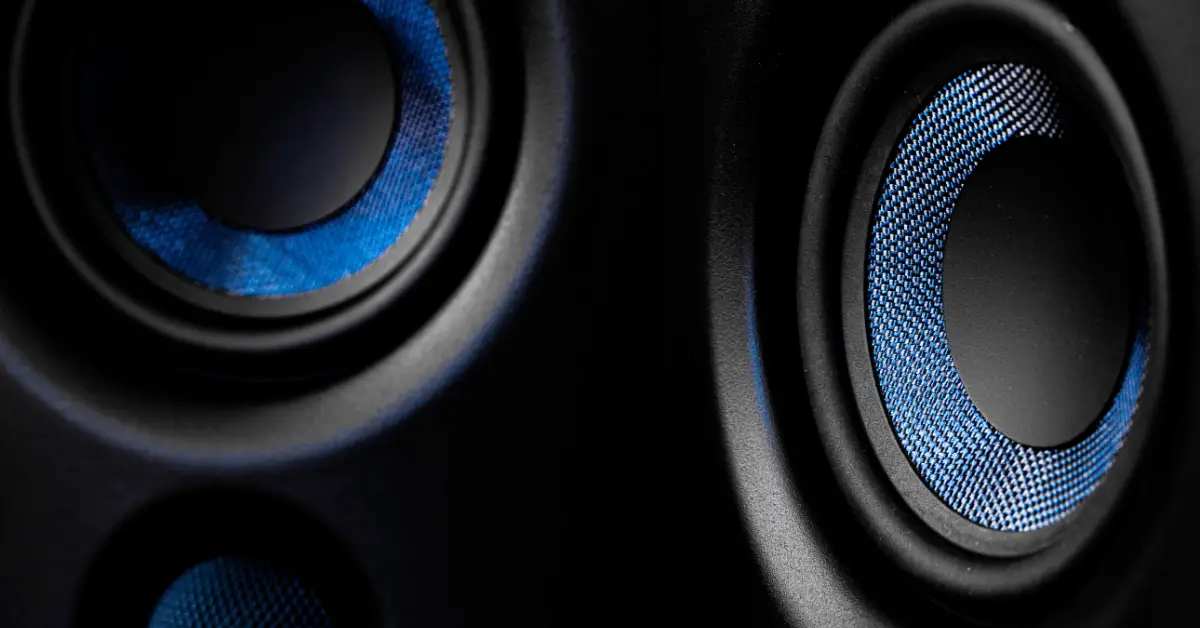High Dynamic Range (HDR) is a technology that enhances the contrast and color of images, creating a more immersive and lifelike viewing experience. If you’re in the market for a new TV or projector, you may have come across terms such as HDR, HDR10, and Dolby Vision. These are all different types of HDR technology, each with its own features and benefits. In this article, we will explore the differences between HDR, HDR10, and Dolby Vision to help you choose the right technology for your needs. By understanding the differences between these technologies, you can make an informed decision and enjoy the best possible viewing experience.
Table of Contents
HDR vs HDR10 vs Dolby Vision
High Dynamic Range (HDR) is a technology that enhances the contrast and color of images, creating a more immersive and lifelike viewing experience. If you’re in the market for a new TV or projector, you may have come across terms such as HDR, HDR10, and Dolby Vision. These are all different types of HDR technology, each with its own features and benefits. In this article, we will explore the differences between HDR, HDR10, and Dolby Vision to help you choose the right technology for your needs.
HDR
HDR is a technology that enhances the dynamic range of images, creating a more realistic and lifelike viewing experience. HDR works by increasing the contrast and color of images, allowing for brighter highlights, deeper blacks, and a wider range of colors. HDR is available on a wide range of TVs and projectors and is compatible with a range of content, including movies, TV shows, and games.
HDR10
HDR10 is an open-source HDR format that is widely used in TVs and projectors. HDR10 is capable of producing up to 1,000 nits of brightness and supports a color depth of 10 bits. HDR10 is compatible with a wide range of content, including movies, TV shows, and games, and is supported by a range of streaming services, including Netflix and Amazon Prime Video.
Dolby Vision
Dolby Vision is a proprietary HDR format developed by Dolby Laboratories. Dolby Vision is capable of producing up to 4,000 nits of brightness and supports a color depth of 12 bits. Dolby Vision is designed to provide a more lifelike and immersive viewing experience and is supported by a range of content, including movies, TV shows, and games. Dolby Vision is supported by a range of TVs and projectors and is often found in high-end models.
Differences Between HDR, HDR10, and Dolby Vision
The main differences between HDR, HDR10, and Dolby Vision lie in their brightness and color capabilities. HDR10 is capable of producing up to 1,000 nits of brightness and supports a color depth of 10 bits, while Dolby Vision is capable of producing up to 4,000 nits of brightness and supports a color depth of 12 bits. This means that Dolby Vision can provide a more lifelike and immersive viewing experience than HDR10. Additionally, Dolby Vision is a proprietary format, while HDR10 is an open-source format.
Conclusion
In conclusion, HDR, HDR10, and Dolby Vision are all different types of HDR technology that enhance the contrast and color of images, creating a more immersive and lifelike viewing experience. When choosing a TV or projector, it’s important to consider factors such as brightness and color capabilities, as well as content compatibility. By understanding the differences between HDR, HDR10, and Dolby Vision, you can make an informed decision and enjoy the best possible viewing experience.

